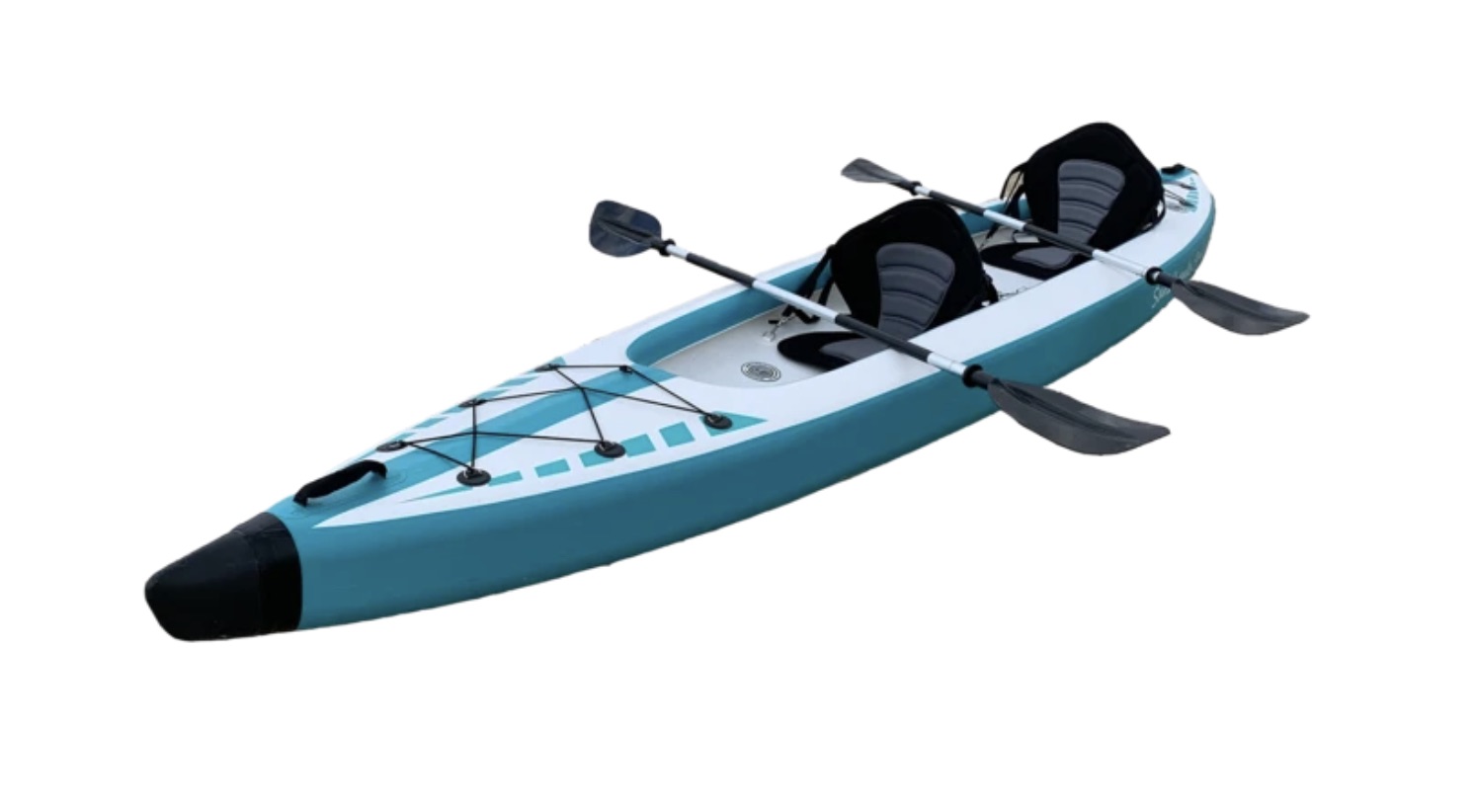
Bean bags are a great way to add comfort to your home, particularly if you don't want to use a chair. They are simple to make, require few tools, and can be fun for children and adults.
How to Make a Bean Bag DIY
There are several options available for how to make a beanbag, depending on the budget and your needs. There are many options for filling a bean bag, including rice, hay and other natural materials. Some people also use pre-made beans from local stores.
Organic Alternatives for Beans
Natural materials, such as leaves and pine needles, can be used to fill your bean bag. There are many pros as well as cons to this option. It's important that you know how it will decompose before trying it.
Other alternatives to beans for a bean bag include twigs, wood chips and other plant products. If you are considering this method, ensure that you only purchase untreated, dried plant products that are free from fungus, pests, and molds.

Bean bag fillers made from plants are not 100% cushioning. They can also be less resistant to moisture and may not last as long as other fillers like rice.
Sock Bean Bags
Socks can be an affordable and enjoyable alternative to traditional bean bags. They are simple to make and come in many different designs. You can even create your own sock beanbag that fits the style of your home or the space it will be hanging in.
Two 4.5x4.5-inch pieces fabric are needed to make a sock. Place them right sides together. You will need to sew a 1/2-inch seam on the four edges. Make sure to leave a small opening at the bottom. Once you've completed the stitching, turn the bag inside out and fill it with rice (or another type of filler) before closing the opening.
Bean Bag Diy: How to Get Started
You must choose the right fabric to make your bean bag. The fabric should be strong and strong enough to support a large weight. You can buy fabric for bean bags at any of the many online and local craft shops.
Next, you will need to cut your fabric pieces to the right size. Although you can use templates, it's better to measure your space and then draw straight lines on your fabric.

Cut the fabric to a length that is approximately one-inch shorter than your bean bag. This will ensure that your fabric will fit comfortably around the beanbag.
The next step is to sew both the fabric pieces together. This can be done by hand or with a sewing machine. The key is to use a strong thread and get a smooth line of stitches to prevent your bean bag from splitting at the seam.